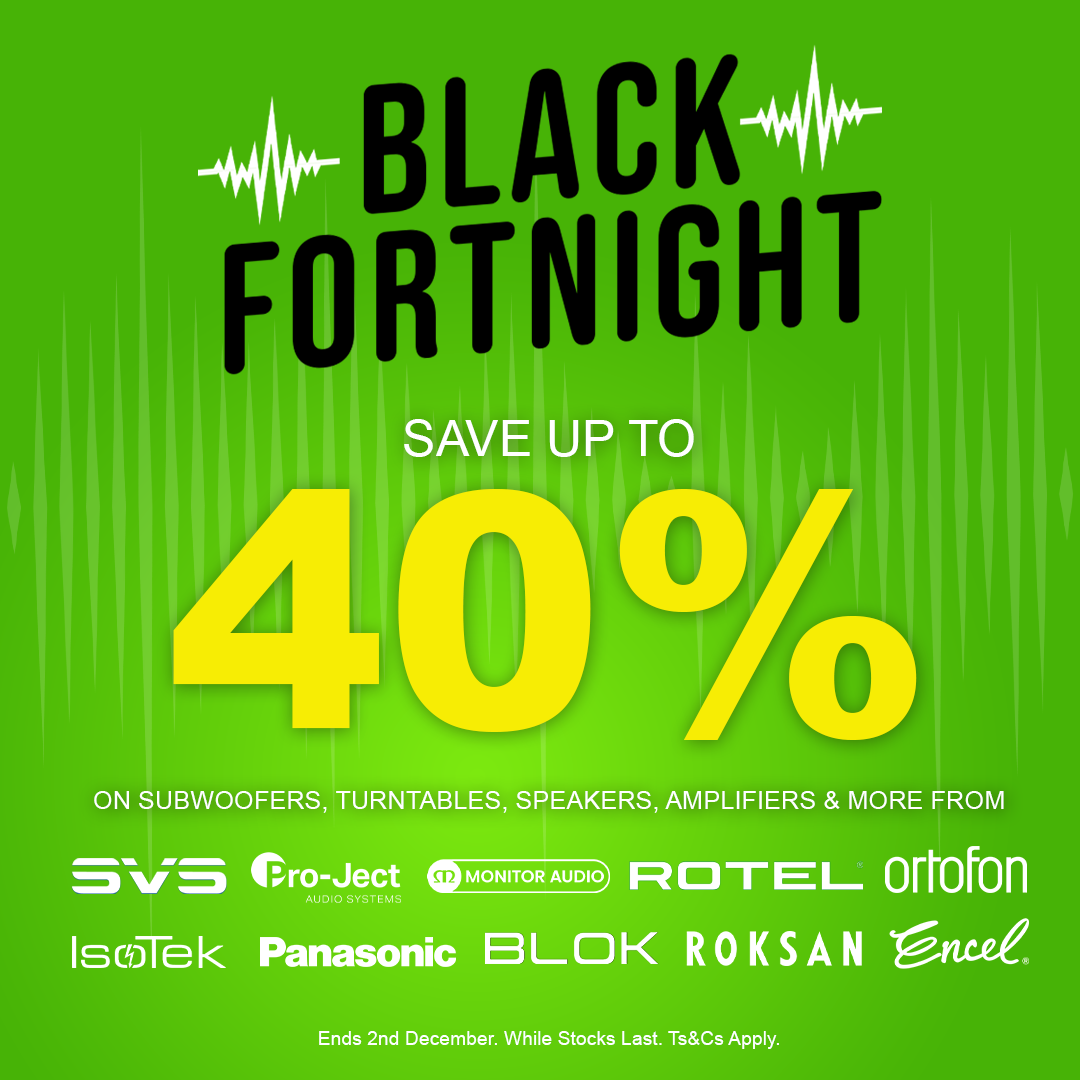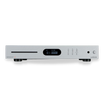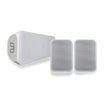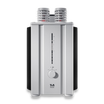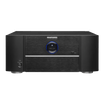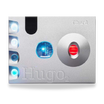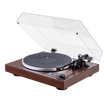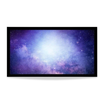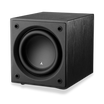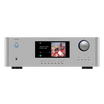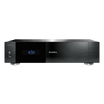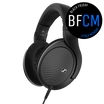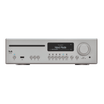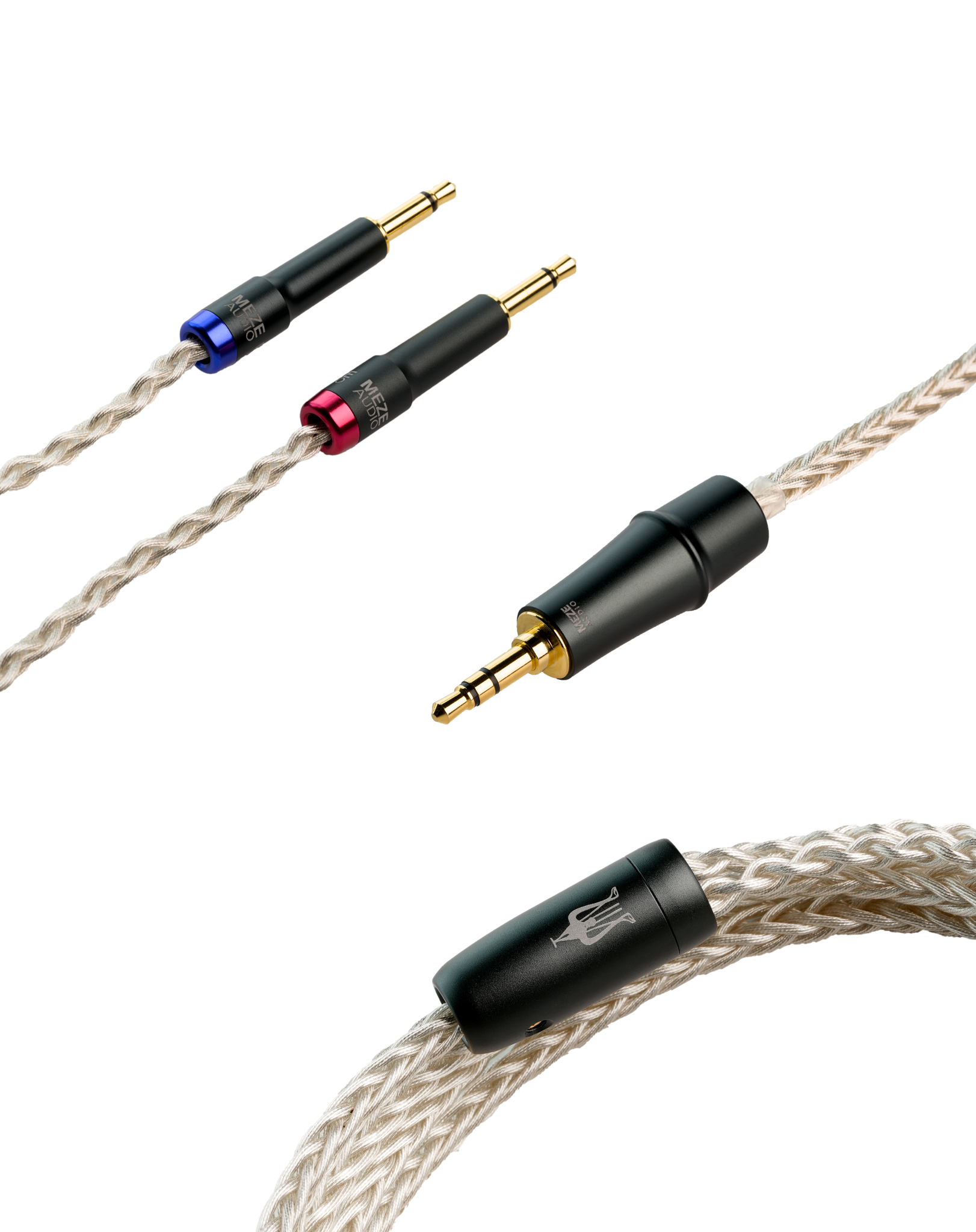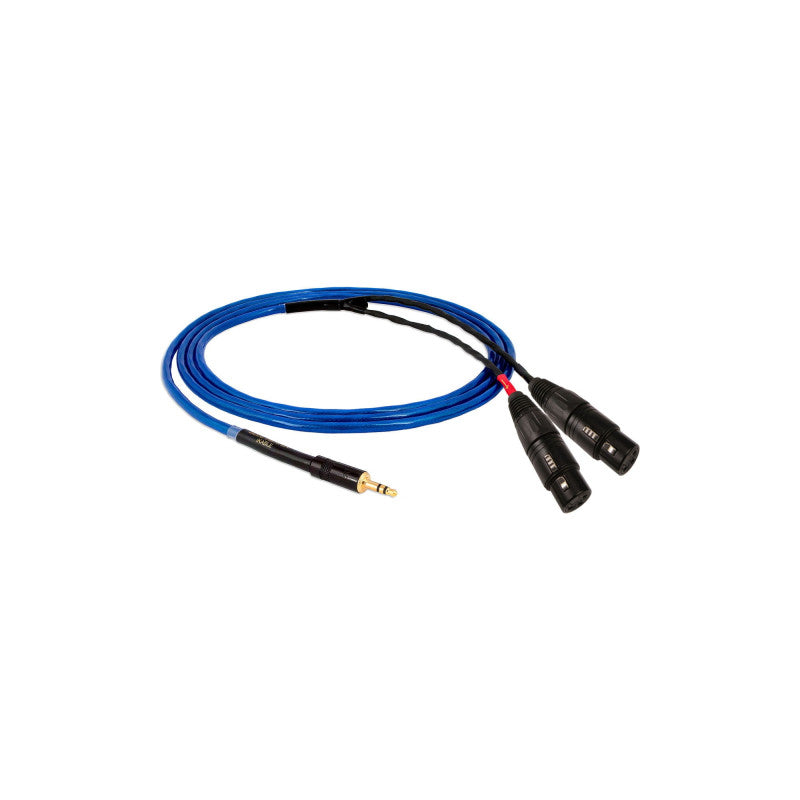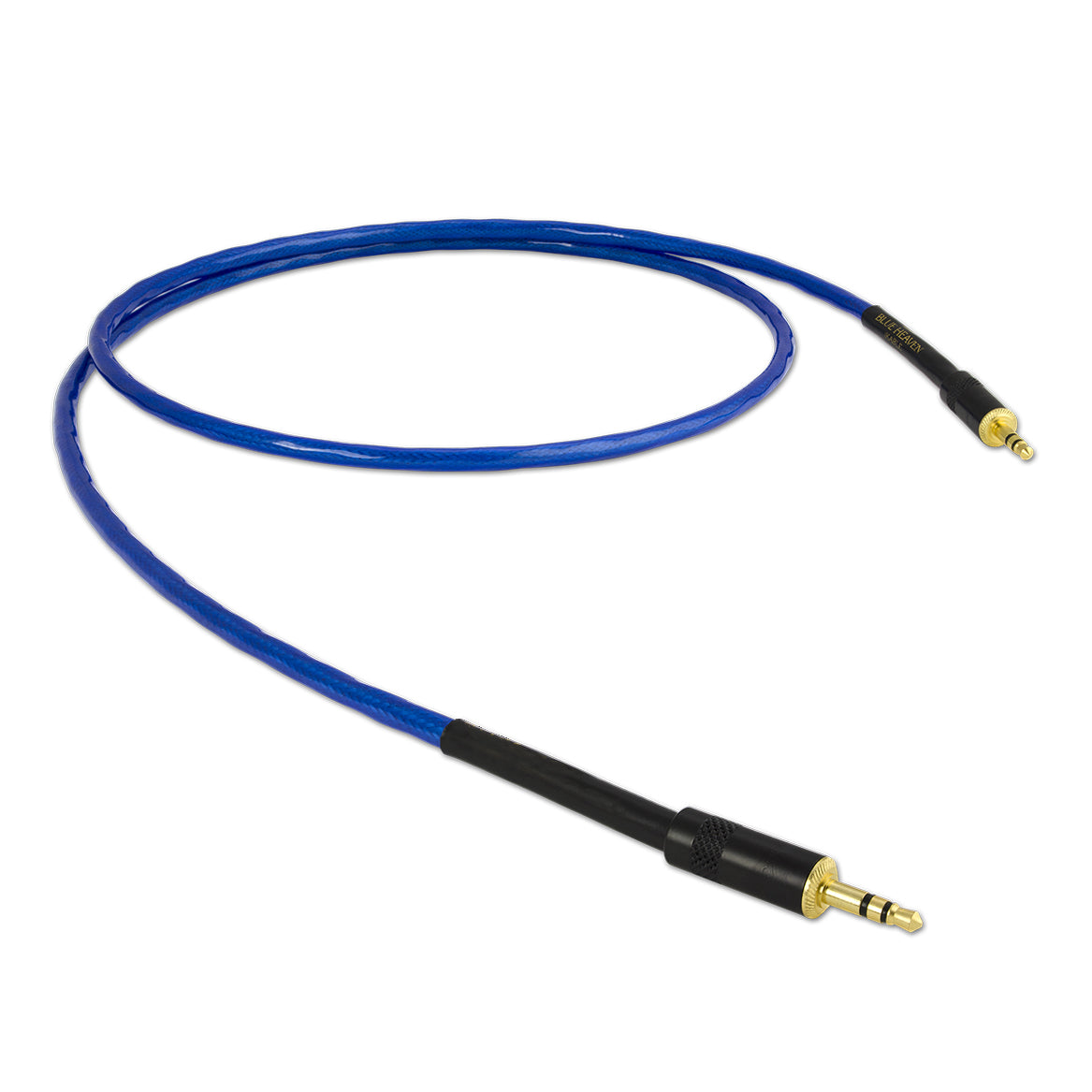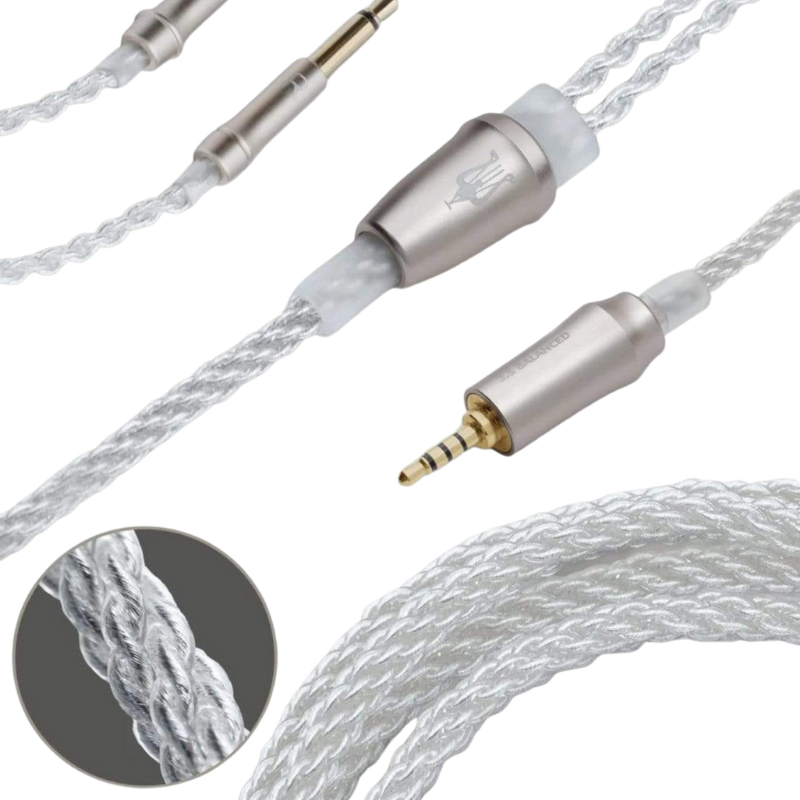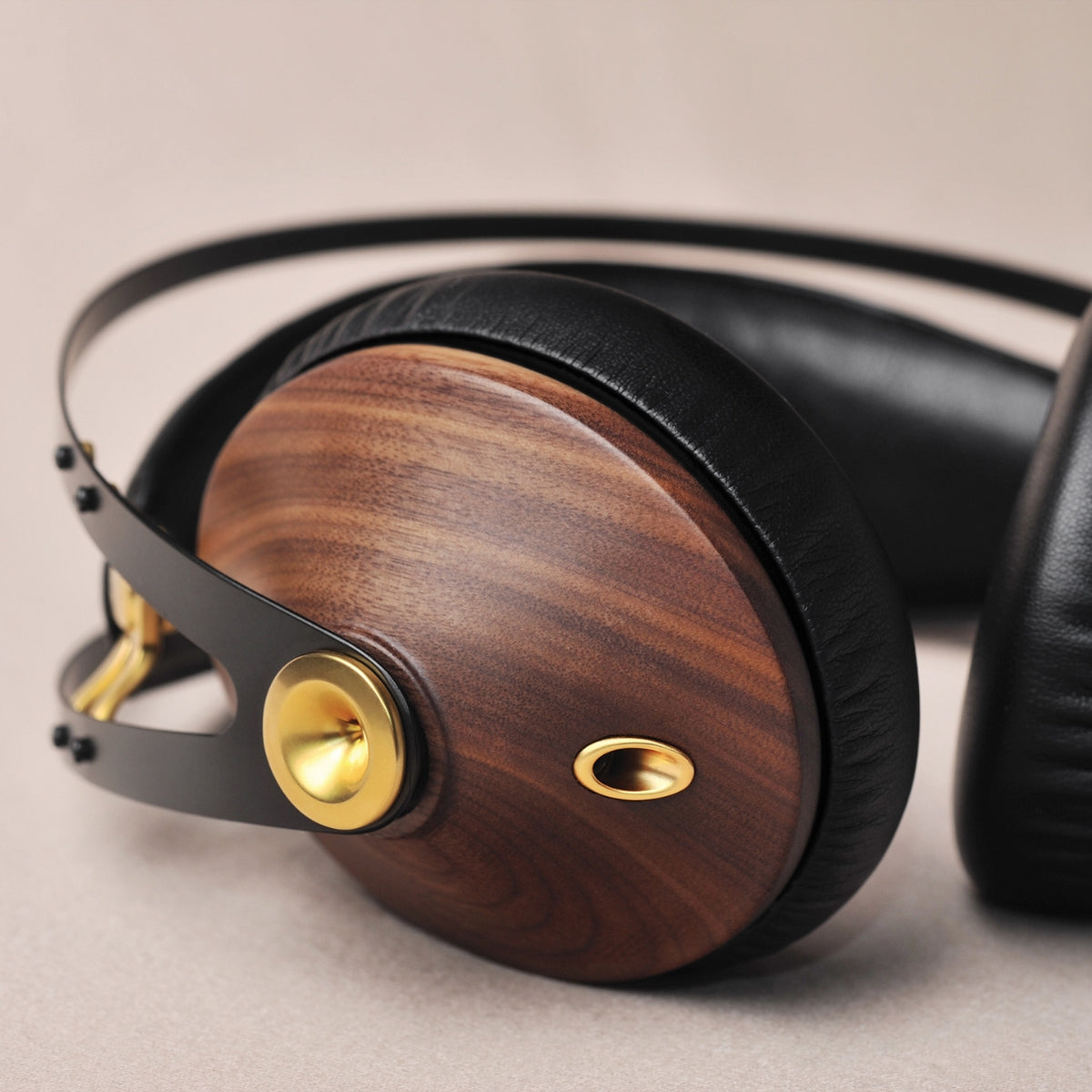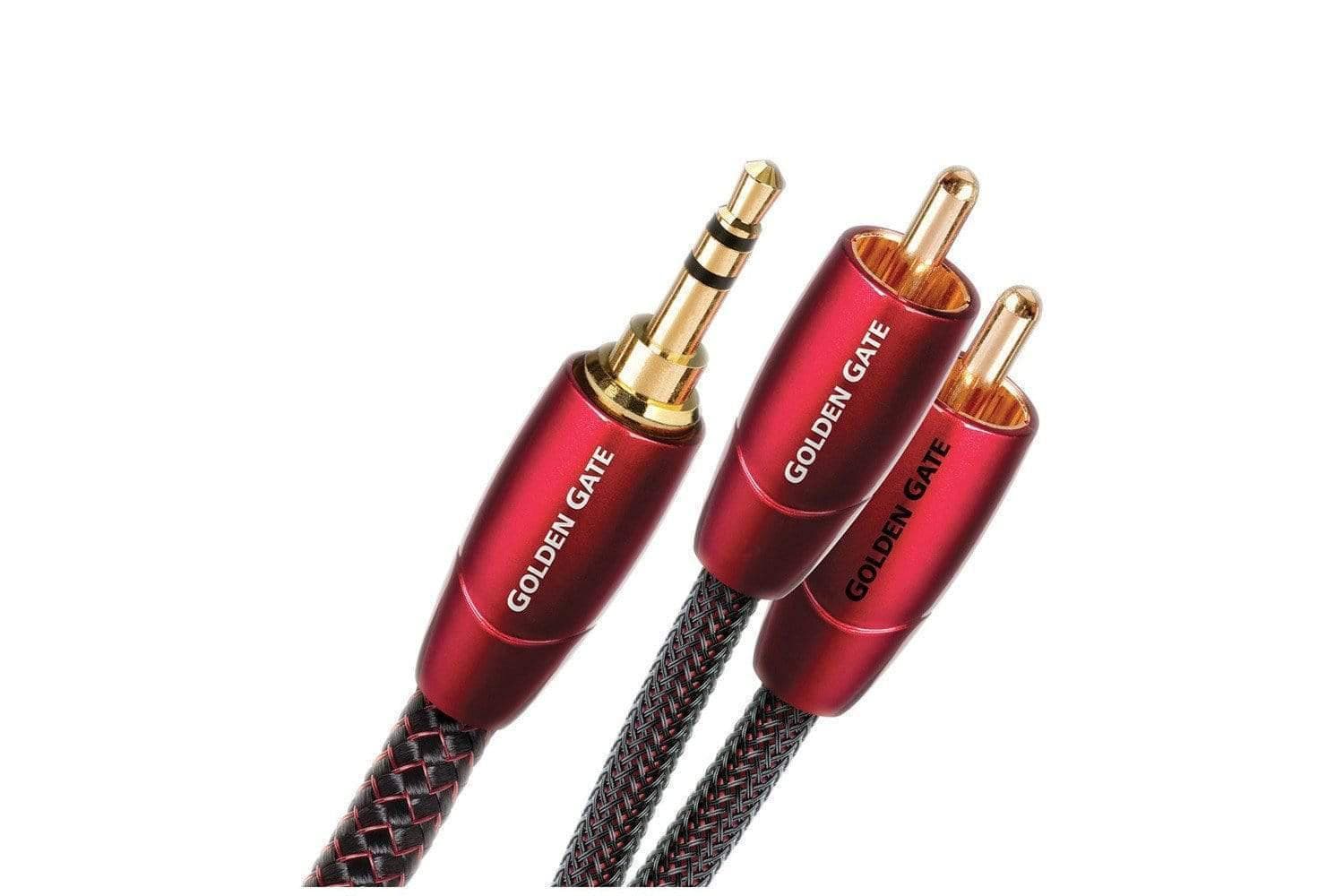
3.5mm Audio Cables
Filters
16 products
TELL ME MORE ABOUT
3.5mm Audio Cables
The 3.5 mm cable, often referred to as the auxiliary or "aux" cable, is a ubiquitous connector in the world of audio. Its... Read More
The 3.5 mm cable, often referred to as the auxiliary or "aux" cable, is a ubiquitous connector in the world of audio. Its compact design and universal compatibility have made it a staple for connecting a vast array of devices, from smartphones and headphones to car stereos and home audio systems. Despite its seemingly simple appearance, the 3.5 mm cable plays a pivotal role in transmitting audio signals with clarity and precision.
What are 3.5mm audio cables?
The 3.5mm audio cable, commonly known as the auxiliary or "aux" cable, is a slender cylindrical connector that has become an integral part of modern audio connectivity. Originating from the 1/4-inch jack used in early telephone switchboards, the 3.5mm version was miniaturized to suit portable devices and has since become a standard for personal audio.
Constructed with a tip, ring, and sleeve (TRS) design, these cables can carry stereo audio signals, with the tip handling the left channel, the ring managing the right channel, and the sleeve serving as the ground. Some variants, known as TRRS (Tip, Ring, Ring, Sleeve), add an additional ring to accommodate microphone input or other controls.
3.5mm cables are versatile and are used to connect a plethora of devices. From linking smartphones to car stereos, connecting headphones to MP3 players, or interfacing tablets with external speakers, their applications are vast. Their universal design ensures that they are compatible with a wide range of equipment, making them an essential accessory in the audio world.
Despite the rise of wireless technologies, the 3.5mm cable remains a reliable and straightforward solution for audio transmission, ensuring that sound is conveyed with clarity and consistency.
The Key Types of 3.5mm Audio Cables
The 3.5mm audio cable, while universally recognized, comes in several variations tailored to specific audio needs and device functionalities. Here's a breakdown of the primary types:
-
TRS (Tip, Ring, Sleeve): The standard stereo 3.5mm cable, TRS connectors have three contact points. They're used primarily for transmitting stereo audio, with the tip and ring carrying the left and right audio channels, respectively, and the sleeve serving as ground.
-
TRRS (Tip, Ring, Ring, Sleeve): An evolution of the TRS design, TRRS cables have an additional ring. This extra contact point allows them to carry both stereo audio and microphone input, making them ideal for headsets with built-in microphones or devices with inline remote controls.
-
Extension Cables: These are longer 3.5mm cables designed to extend the reach of existing cables, allowing for greater flexibility in device placement and usage.
-
Adapter Cables: These cables have a 3.5mm connector on one end and a different type of connector, such as RCA or 1/4-inch jack, on the other. They're used to interface devices with different input/output requirements.
-
Coiled vs. Straight: Some 3.5mm cables come in a coiled design, which can reduce tangling and provide a more compact storage solution, while straight cables offer a straightforward linear reach.
Each type of 3.5mm audio cable serves a unique purpose, ensuring that users can establish the right connection for their devices and enjoy a seamless audio experience.
The Key Types and Differences Between 3.5mm Audio Cables
The 3.5mm audio cable, a staple in modern audio connectivity, comes in various types, each tailored for specific applications and devices. Understanding the key differences is essential for optimal audio experiences.
-
Mono vs. Stereo: Mono cables have a single channel, identifiable by one ring on the connector. They're used for single-channel audio, like some radio systems or microphones. Stereo cables, with two rings, transmit two channels (left and right) and are common for headphones and most audio devices.
-
TRS vs. TRRS: TRS (Tip, Ring, Sleeve) cables are standard stereo cables. TRRS (Tip, Ring, Ring, Sleeve) cables have an additional ring, allowing them to carry an extra channel, typically for microphones or controls, making them ideal for headsets.
-
Straight vs. Right Angle: Straight connectors are the typical design, while right-angle connectors, bent at 90 degrees, are designed for tight spaces or to reduce cable strain.
-
Coiled vs. Straight: Coiled cables can stretch and retract, making them versatile for varying distances, while straight cables offer a consistent length.
-
Materials and Shielding: Cables with quality shielding reduce interference, ensuring clearer audio. Gold-plated connectors offer better conductivity and durability.
In essence, while all 3.5mm cables might look similar, their internal configurations and designs cater to diverse audio needs. Choosing the right type ensures compatibility, functionality, and the best sound quality.
How to Choose the Right 3.5mm Cable
Selecting the appropriate 3.5mm cable is crucial to ensure optimal audio performance and longevity.
If you're at all in doubt about which is the best option for you, reach out to us and have a chat with our in-house Hi-Fi experts. In the meantime, here are some key considerations to guide your choice:
-
Purpose of Use: Determine the primary function of the cable. Are you connecting headphones to a device, interfacing a phone with a car stereo, or linking a tablet to speakers? The application can guide the type and quality of cable you need.
-
Cable Length: Measure the distance between your devices. While it's tempting to get a longer cable for flexibility, excessively lengthy cables can lead to potential signal degradation.
-
Build Quality: Opt for cables with robust construction. Look for features like reinforced connectors, durable insulation, and quality shielding to ensure longevity and superior signal transmission.
-
Shielding: Effective shielding is essential to protect the audio signal from external interference, such as electromagnetic or radio frequency interference, ensuring a clear and noise-free transmission.
-
Connector Quality: Gold-plated connectors offer better conductivity and are resistant to corrosion, ensuring a lasting and stable connection.
-
Flexibility: If you're frequently moving or adjusting your setup, choose a cable that's flexible and resistant to wear and tear.
-
Brand and Reviews: Trusted brands often guarantee consistent quality. Additionally, user reviews can provide insights into the cable's performance and durability.
By considering these factors and understanding your specific audio requirements, you can select a 3.5mm cable that delivers sound with clarity and authenticity, ensuring a seamless audio experience.
Final Thoughts
3.5mm audio cables remain a foundational component in the realm of sound, bridging devices and delivering audio with precision. Their universal design, combined with their ability to transmit sound with clarity, makes them indispensable in various audio setups, from personal entertainment to professional applications. As technology continues to evolve, the humble 3.5mm cable stands as a testament to the importance of reliable and quality connections. Whether you're an audiophile, a casual listener, or a professional, ensuring you have the right 3.5mm cable is pivotal to achieving the best audio experience.
Some Quick FAQ:
What length options are available for 3.5mm audio cables?
We offer 3.5mm audio cables in various length options, from 0.6m up to 8m
Do you have 3.5mm audio cables with RCA connectors?
Yes, we offer 3.5mm audio cables with RCA connectors, which allow you to connect your device with a 3.5mm stereo jack to devices with RCA inputs.
Can I use a 3.5mm audio cable with my iPhone or iPod?
Yes, you can use a 3.5mm audio cable with your iPhone or iPod to connect it to external speakers or headphones - however, you may need an Apple adapter for your phone.
Are 3.5mm cables analogue or digital?
3.5mm audio cables transmit analog audio signals, which means that the audio waveform is carried as varying electrical voltages. This is different from digital audio cables that transmit data as discrete values.
NEED MORE GUIDANCE?
We are here to help
Check out some of our most commonly asked questions.
What do I need to play records?
Getting into vinyl? That’s awesome! We have some curated turntable Hi-Fi packs, with everything you'll need to get spinning right away. But if you want to build your own, read on for all the details.
First off, you'll need a turntable. It's the star of the show, so make sure it’s in good nick, with a decent cartridge and stylus (needle).
Next, there’s the phono preamp. Some turntables or amplifiers come with one built-in, but if yours doesn’t, you’ll need one as a bridge between your turntable and amplifier or powered speakers.
For the sound output, you’ve got two options. You can go with a traditional setup involving an integrated amplifier to take the signal from your phono preamp and power your passive speakers. Alternatively, you can opt for powered speakers, which have the amplifier built in – a handy all-in-one solution.
Speaking of speakers, good ones are a must for that rich, warm vinyl sound we all love. Whether you go for bookshelf or floorstanding speakers (or powered ones) depends on your space and budget.
And there you go! With these essentials, you’ll be ready to dive into your vinyl collection and enjoy that classic sound.
What can a wireless speaker do?
Wireless speakers are a game-changer for how you enjoy music and audio around the house. First off, they let you stream music wirelessly from your phone, tablet, or computer, so no more messing about with cables. You can easily play tunes from Spotify, Apple Music, Tidal or whatever streaming service you fancy.
If you’re into having music everywhere, many wireless speakers offer multi-room audio. You can sync them up to play the same music in every room or control what plays in each room individually, perfect for parties or just keeping the vibes consistent throughout your home.
Voice control is another brilliant feature. Many come with built-in assistants like Alexa, Google Assistant, or Siri. You can control your music with just your voice, ask for the weather, set reminders, or even control other smart home devices.
Sound quality? These little gadgets often pack a punch, delivering high-quality audio that can rival traditional wired setups. Some even offer 360-degree sound, filling the room with music from every angle.
In a nutshell, wireless speakers bring flexibility, convenience, and top-notch sound to your audio experience, making them a fantastic addition to any home. Whether you’re hosting a party, working from home, or just chilling out, they make listening to music a breeze.
How do you choose the right speaker & amplifier combination?
Deciding on a good speaker and amplifier combination is like putting together a perfect wine and cheese pairing—it’s all about balance and harmony. Here’s a conversational guide to help you through it:
First, consider your speakers. These are your main players, so you want to choose ones that fit your space and listening preferences. If you love deep bass and have a bit of room, floorstanding speakers might be your go-to. For smaller spaces or a more subtle look, bookshelf speakers are fantastic.
Now, onto the amplifier. This is where things get interesting. Your amp needs to match your speakers in terms of power and impedance. Check the wattage ratings on your speakers—your amplifier should provide enough power to drive them properly. Too little power and you’ll be missing out on sound quality; too much, and you risk damaging your speakers.
Next, think about the impedance (measured in ohms). Your amp and speakers should be compatible here too. Most speakers are rated at 8 ohms, but some can be 4 or 6. Make sure your amplifier can handle the impedance of your speakers to avoid any performance issues.
Another important factor is the type of sound you’re after. Some amps are known for their warm, rich tones, while others might be more neutral or even slightly bright. It’s a bit like choosing between a vinyl record and a digital stream or CD —each has its own charm. If possible, listen to different amp and speaker combinations to see what sounds best to your ears.
If purchasing online, note that at LE, we have made recommendations on speaker & amplifier combinations that we think sound wonderful together within each product listing.
Don’t forget about connectivity and features. Modern amplifiers often come with a host of options like Bluetooth, Wi-Fi streaming, and various inputs for all your devices. Make sure your amp has the inputs you need for your turntable, CD player, or streaming device.
Finally, consider your budget. Great sound doesn’t always mean breaking the bank, but be prepared to invest to get a quality setup that will last.
In the end, trust your ears. Listen to a few combinations if you can, and go with what makes your music sound the best to you.
Why do I need a headphone amplifier?
If you’re diving into the world of high-quality audio, a headphone amplifier can be a real game-changer. Think of it like this: most standard devices, like your smartphone or laptop, just don’t have the oomph needed to drive headphones properly. They might get the job done, but they won’t do your music justice. A headphone amp gives your headphones the power they need, ensuring you get the volume and clarity that really makes your music shine.
It’s not just about making things louder, either. A good headphone amp can significantly improve sound quality. You’ll get clearer highs, richer mids, and tighter bass, making your favourite tracks sound even better. You might notice details you’ve never heard before, especially if you’re listening to high-resolution audio files.
Premium headphones often have higher impedance, meaning they require more power than your typical audio source can provide. A headphone amp can handle this with ease, making sure your headphones perform at their absolute best. Plus, many amps come with extra features like bass boost, equalisation, and gain control, giving you more ways to tweak the sound to your liking.
In short, if you’re passionate about your music and want to hear it in the best possible way, a headphone amplifier is definitely worth considering. It’s all about unlocking the full potential of your gear and really getting the most out of your listening experience.
Where should I start when designing a home cinema?
Designing your own home cinema? That's awesome! We are here to help walk you through the process, but as a starting point, here’s what we would recommend and where to kick things off:
First up, pick your spot. For most people this is your existing lounge room, but if you have an underused garage, or spare bedroom, then you have an opportunity to create your very own true Home Cinema experience. Find a room that’s just right—not too cramped and ideally away from noisy areas. This sets the stage for that immersive movie experience.
Next, think about how you’ll set things up. Plan where your seats will go and where to place your projector screen for the best view from every angle. It’s all about creating that comfy, cinematic vibe.
Sound matters, too. Consider if you want a wireless system for simplicity or a full surround sound speaker system with AV receiver for that surround-sound thrill. Think about soundproofing or adding acoustic panels or thick carpets to really amp up the audio quality of the room.
Now, onto the screen. Decide between a crisp TV or a projector setup, depending on your room size and personal style. Maybe even throw in some dimmable lights or smart lighting to set the mood just right.
And hey, don’t forget comfort. Invest in plush cinema seating and think about the décor—whether it’s movie posters, blackout curtains, or popcorn machine & bar area, whatever gives you that true cinema feel.
Lastly, tech it up! Make sure everything—from your Blu-Ray player & Apple TV to your gaming consoles—is set to sync perfectly with your new setup.
With these steps, you’re on your way to creating a home cinema that’s not just a space, but an experience. Enjoy movie nights like never before!
